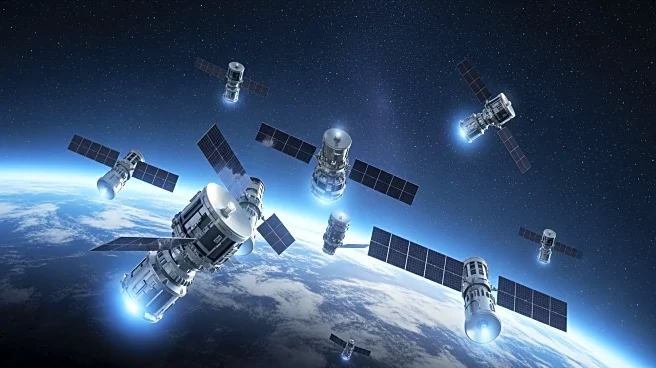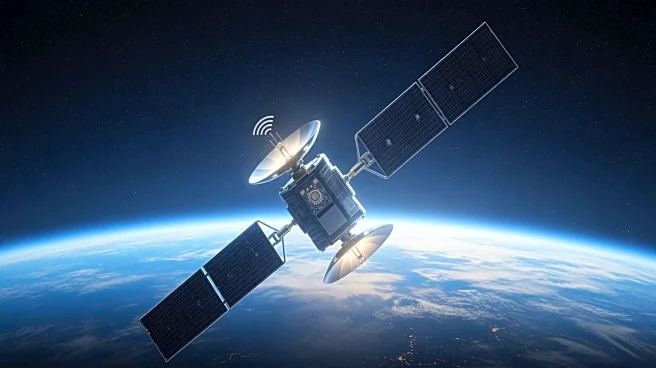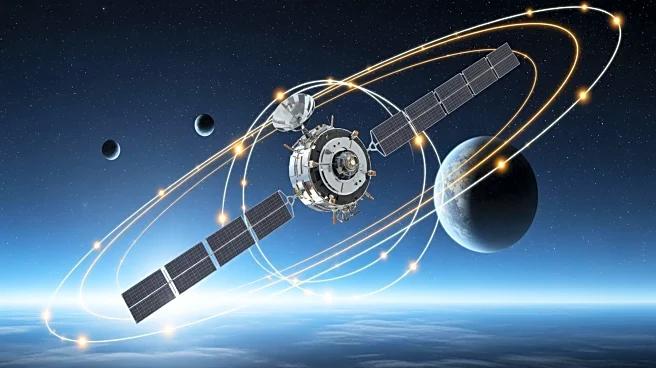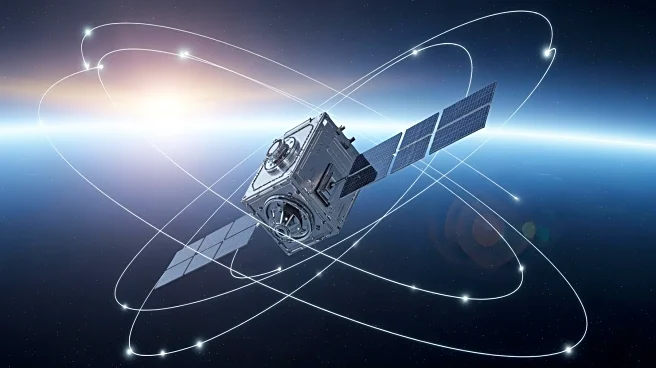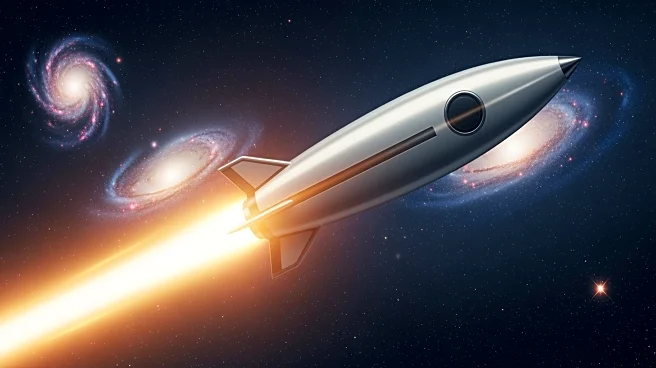What's Happening?
SpaceX successfully launched 29 Starlink satellites into low Earth orbit on November 10, 2025, using a Falcon 9 rocket from Cape Canaveral Space Force Station. This launch marked the 144th Falcon 9 mission
of the year, setting a new record for the most launches in a single year. The mission was part of SpaceX's ongoing efforts to expand its Starlink broadband internet constellation. The Falcon 9's first stage returned to Earth, landing on the SpaceX drone ship 'Just Read the Instructions' in the Atlantic Ocean, while the upper stage continued to deploy the satellites as planned.
Why It's Important?
The expansion of SpaceX's Starlink constellation is significant for global internet connectivity, particularly in remote and underserved areas. By increasing the number of satellites in orbit, SpaceX aims to provide faster and more reliable internet services worldwide. This development also highlights SpaceX's growing influence in the aerospace industry, as it continues to break records and push technological boundaries. The increased frequency of launches demonstrates SpaceX's operational capabilities and commitment to its ambitious goals.
What's Next?
SpaceX is expected to continue its aggressive launch schedule, further expanding the Starlink constellation. This could lead to enhanced internet services and increased competition in the telecommunications sector. As SpaceX continues to innovate, other companies may respond by accelerating their own satellite internet projects, potentially leading to advancements in global connectivity and technology.
Beyond the Headlines
The rapid expansion of satellite internet services raises questions about space debris and the long-term sustainability of satellite constellations. As more satellites are launched, the risk of collisions and space debris increases, necessitating careful management and international cooperation to ensure the safety and longevity of space operations.



